A Guide to Daily Maintenance and Repair of Food Machinery
In the bustling world of food production, efficiency and hygiene are paramount. Food machinery, the backbone of any food processing operation, requires meticulous care to ensure optimal performance and product safety. Neglecting daily maintenance and repair can lead to costly downtime, product contamination, and even safety hazards. This comprehensive guide will equip you with the knowledge and best practices for keeping your food machinery running smoothly and safely.
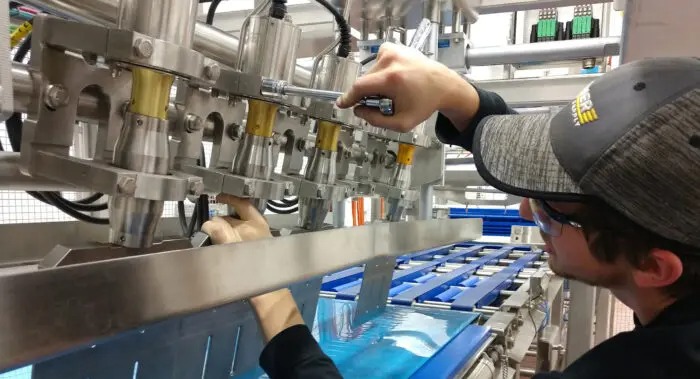
1. The Importance of Daily Maintenance:
Think of daily maintenance as preventative medicine for your food machinery. Regular cleaning, lubrication, and inspections can prevent minor issues from escalating into major breakdowns.
Increased Efficiency: Well-maintained machinery operates at peak efficiency, maximizing output and minimizing waste.
Extended Lifespan: Regular maintenance extends the lifespan of your equipment, saving you money on costly replacements.
Enhanced Safety: Properly maintained machinery reduces the risk of accidents and injuries.
2. Essential Daily Maintenance Tasks:
Cleaning:
Sanitation is Key: Thoroughly clean all surfaces that come into contact with food, using approved sanitizers and following strict hygiene protocols.
Disassemble and Clean: Regularly disassemble removable parts for thorough cleaning and inspection.
Drainage Systems: Ensure drainage systems are clear of debris to prevent clogs and bacterial growth.
Lubrication:
Follow Manufacturer Recommendations: Consult your equipment manuals for specific lubrication requirements and schedules.
Use Food-Grade Lubricants: Only use lubricants approved for food contact to prevent contamination.
Grease Fittings: Regularly lubricate grease fittings to reduce friction and wear.
Visual Inspections:
Look for Wear and Tear: Inspect belts, chains, and other moving parts for signs of wear and tear.
Check for Leaks: Look for leaks in hoses, seals, and connections.
Listen for Unusual Noises: Unusual noises can indicate a problem that requires attention.
3. Addressing Minor Repairs:
Tighten Loose Bolts and Screws: Regularly check for loose bolts and screws and tighten them as needed.
Replace Worn Parts: Replace worn belts, seals, and other components promptly to prevent further damage.
Adjust Settings: Make necessary adjustments to ensure equipment is operating at optimal settings.
4. Keeping Records:
Maintenance Logs: Maintain detailed records of all maintenance activities, including dates, tasks performed, and parts replaced.
Troubleshooting Logs: Keep a log of any issues encountered and the steps taken to resolve them.
5. When to Call a Professional:
While daily maintenance can prevent many issues, some repairs require the expertise of a qualified technician.
Complex Repairs: Leave complex repairs to trained technicians who have the knowledge and tools to diagnose and fix problems effectively.
Safety Concerns: If you encounter any safety concerns, such as electrical issues or malfunctioning safety features, immediately contact a qualified technician.
6. Training Your Team:
Invest in Training: Provide comprehensive training to your team on proper maintenance procedures and safety protocols.
Empower Employees: Encourage employees to report any issues they notice, fostering a culture of proactive maintenance.
7. Choosing the Right Equipment:
Durability and Reliability: Invest in high-quality equipment from reputable manufacturers known for durability and reliability.
Ease of Maintenance: Choose equipment designed for easy cleaning and maintenance.
8. Implementing a Preventative Maintenance Schedule:
Scheduled Downtime: Schedule regular downtime for preventative maintenance, minimizing disruptions to production.
Inspection Checklists: Develop detailed checklists for each piece of equipment, ensuring all critical components are inspected.
9. The Benefits of a Well-Maintained Operation:
Increased Productivity: Well-maintained machinery operates efficiently, maximizing output and minimizing downtime.
Improved Product Quality: Clean and well-maintained equipment helps ensure product quality and safety.
Reduced Costs: Preventative maintenance reduces the risk of costly breakdowns and repairs.
Conclusion:
Daily maintenance and repair are essential for ensuring the smooth operation of your food processing facility. By implementing a comprehensive maintenance program, you can maximize the lifespan of your equipment, ensure product safety, and minimize downtime. Remember, a well-maintained operation is a profitable operation.
Must-Read Blogs For Chain Restaurants Owner

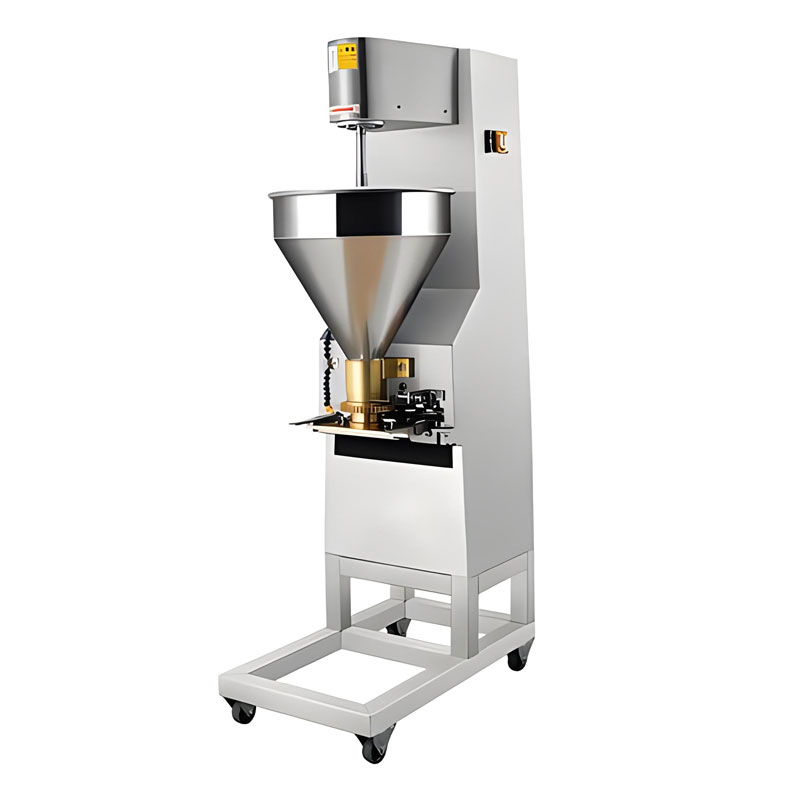
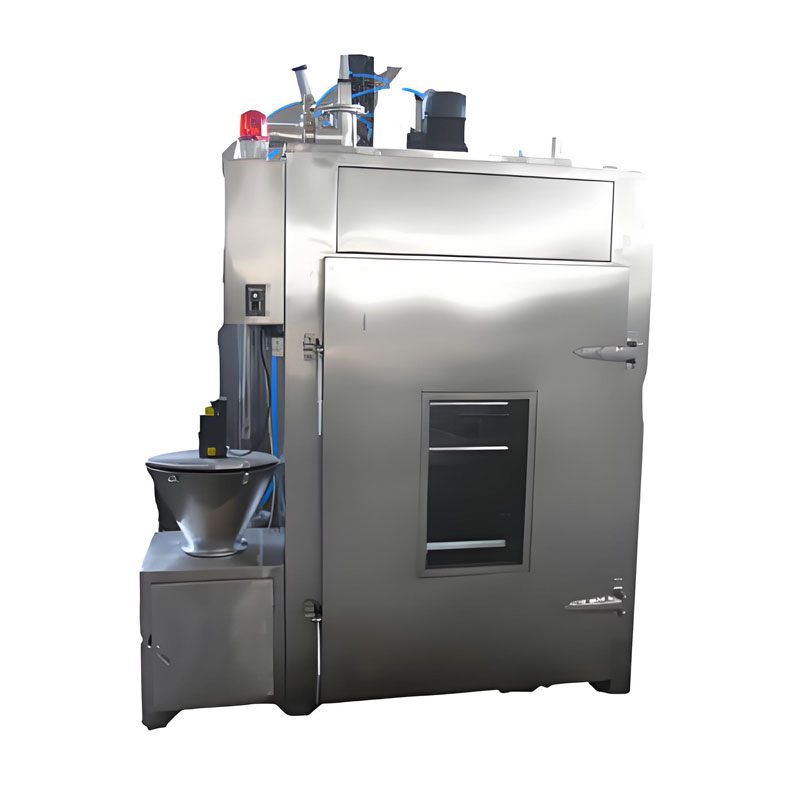
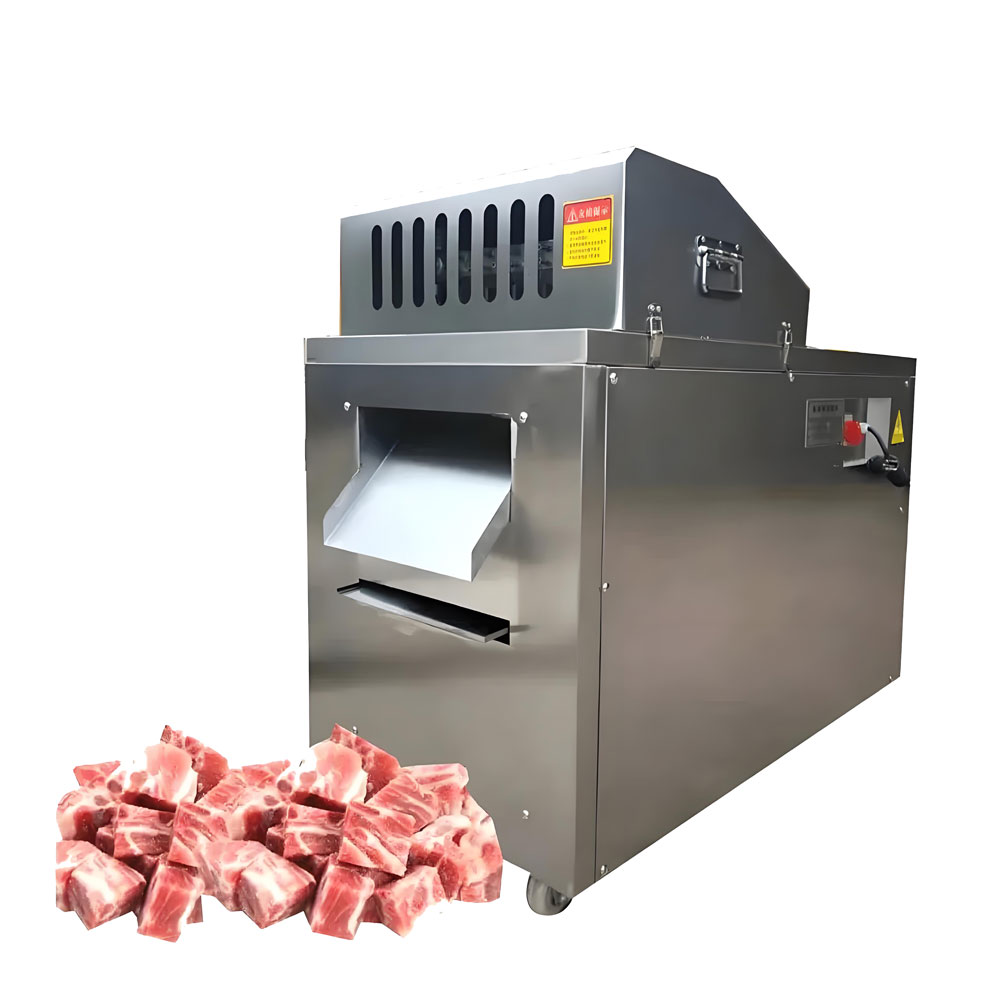
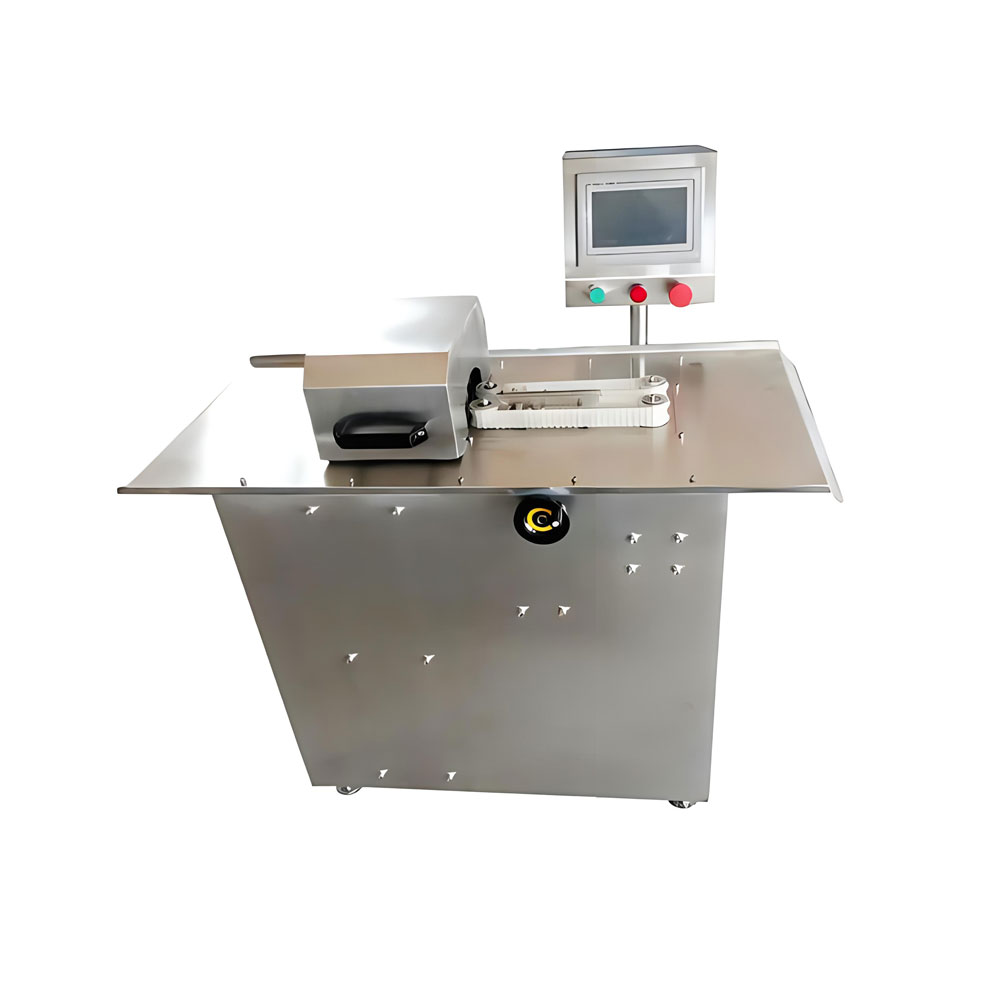
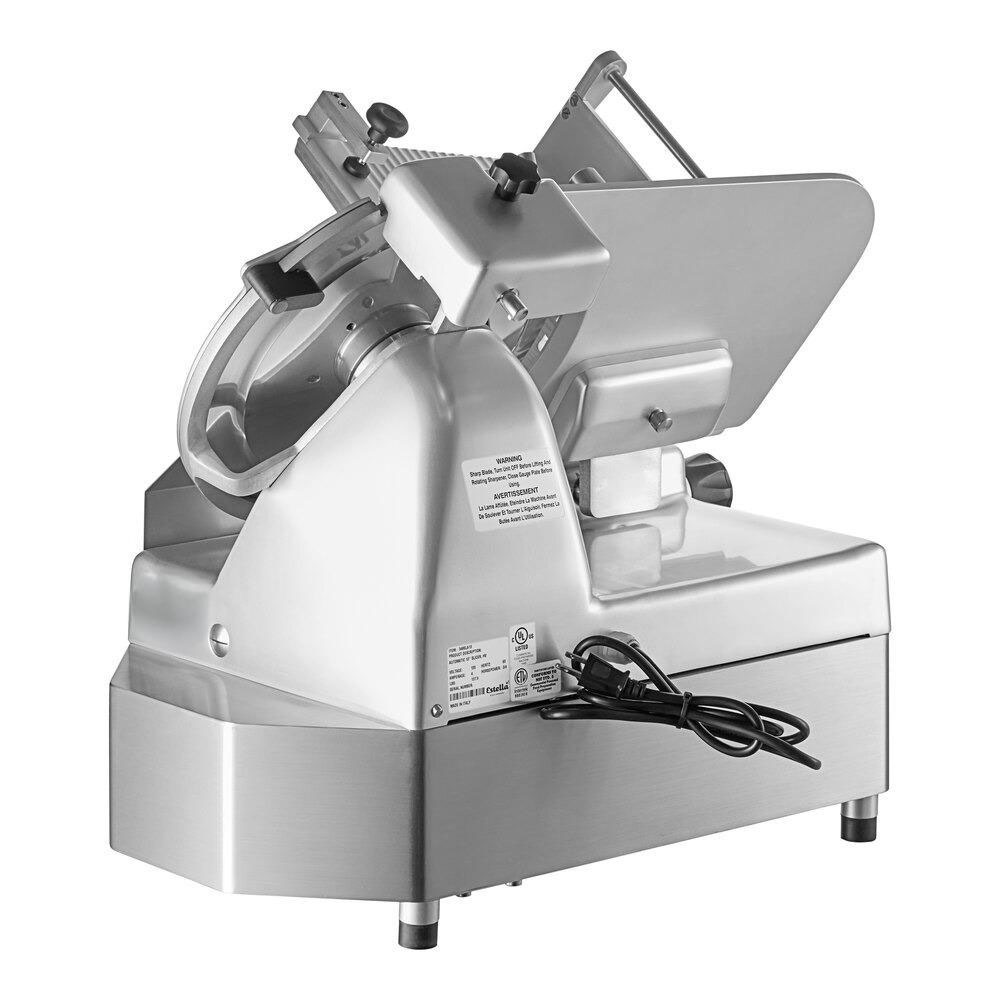





 Sausage Stuffer Machine
Sausage Stuffer Machine Heavy Duty Meat Slicer Machine
Heavy Duty Meat Slicer Machine
Ready to Get Started?